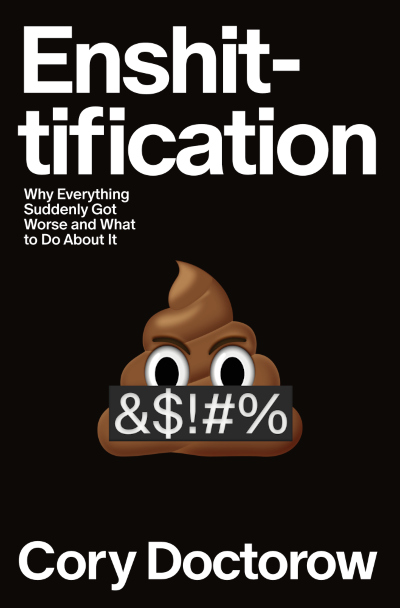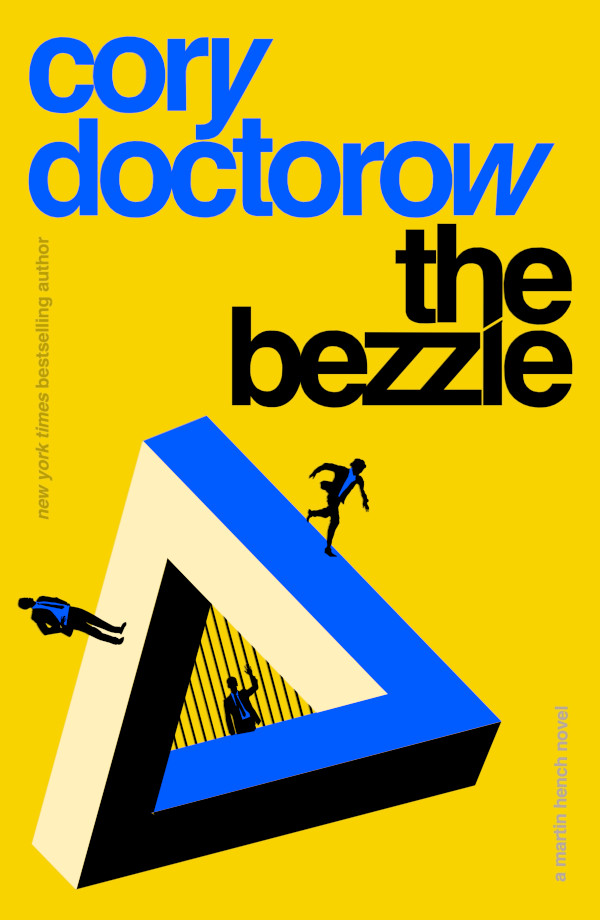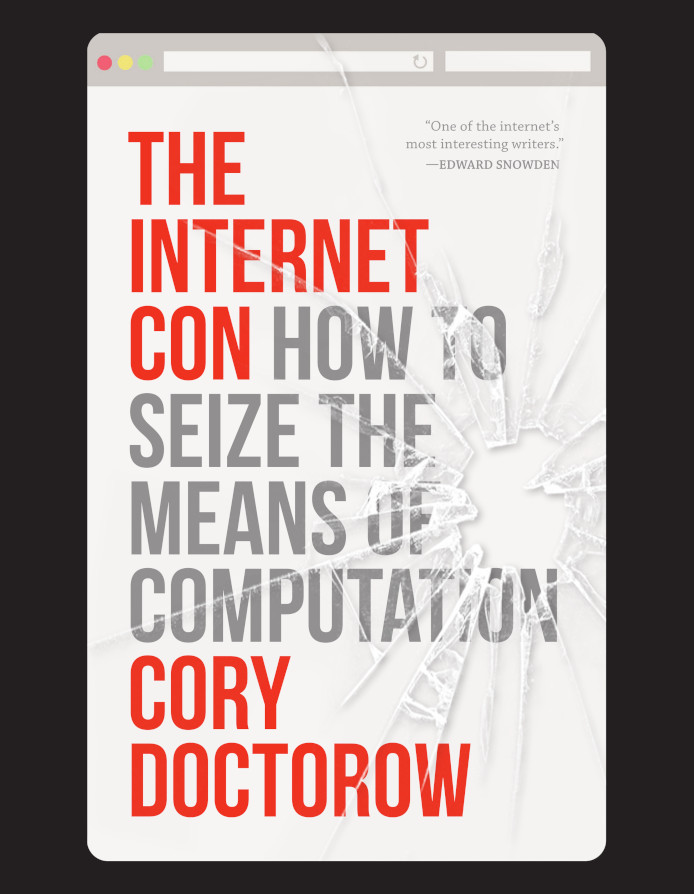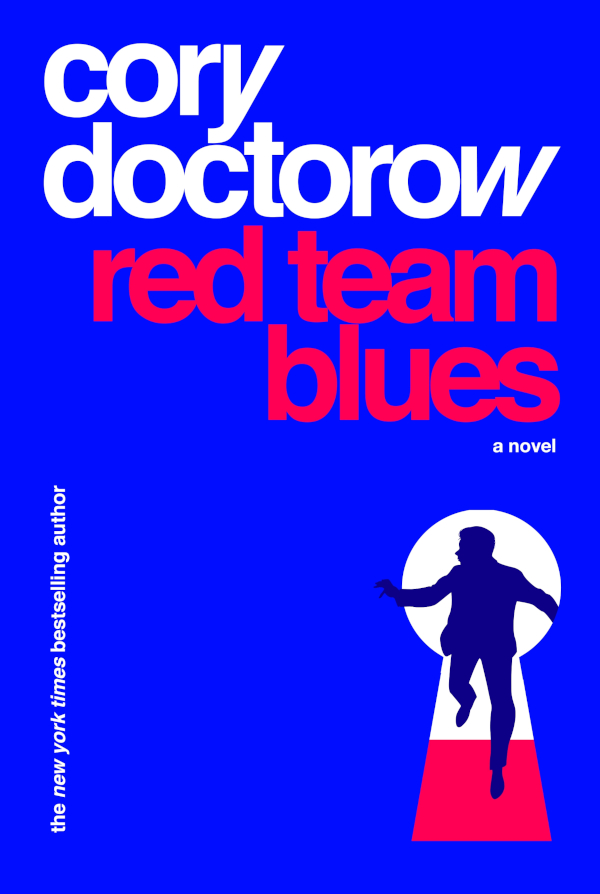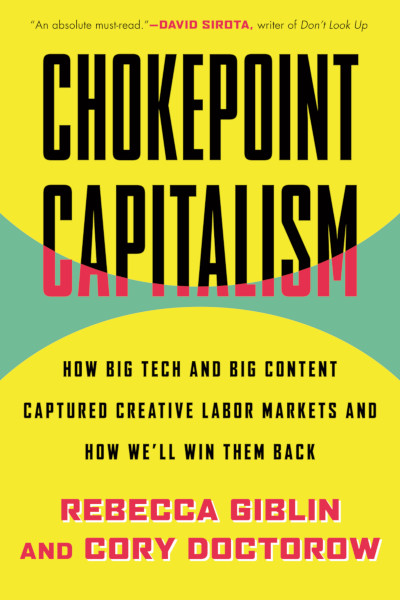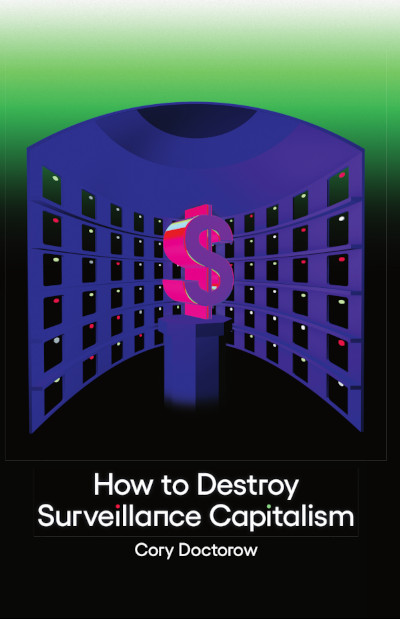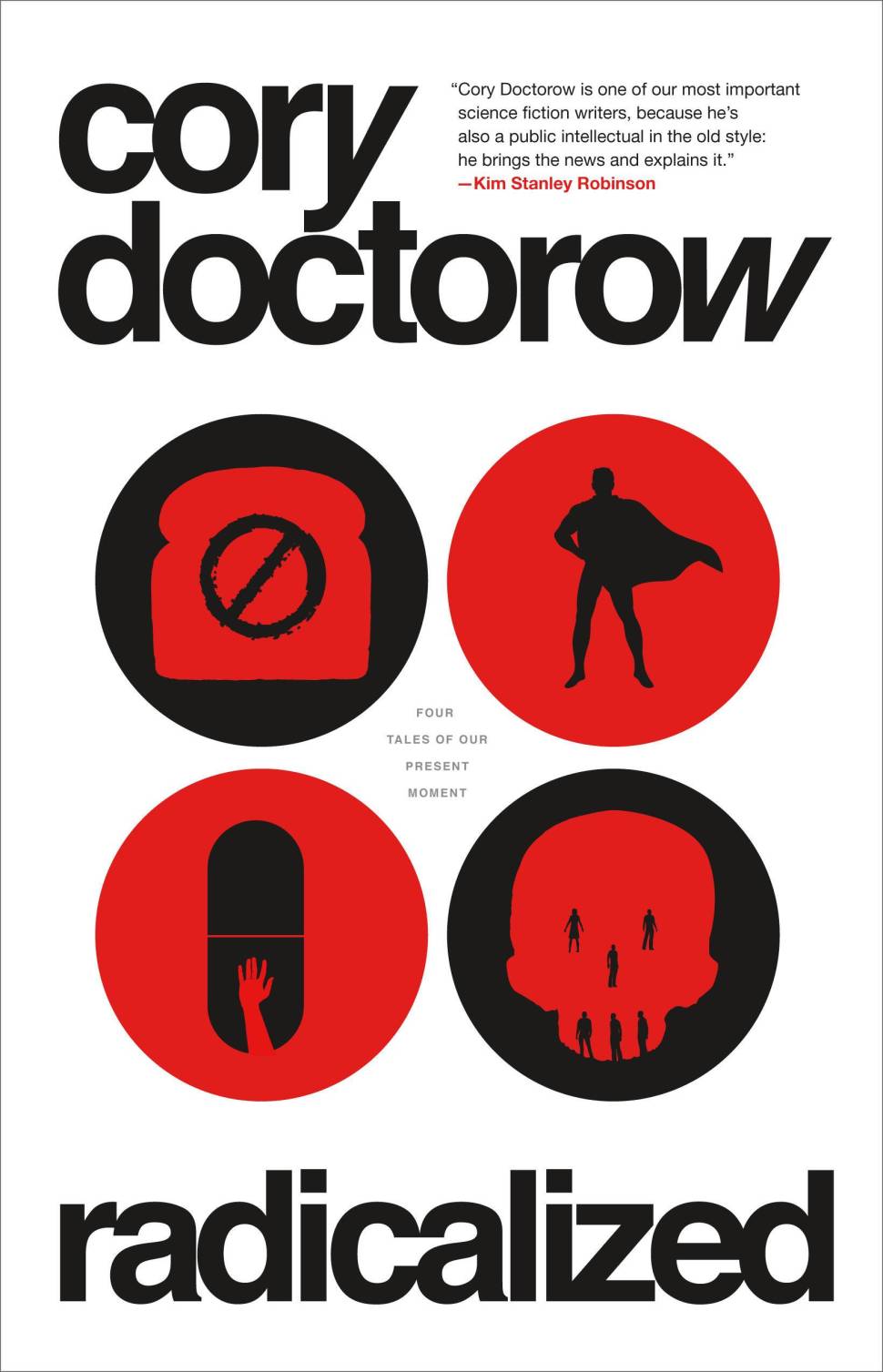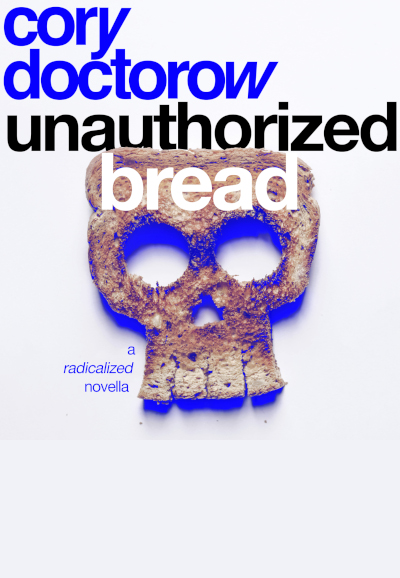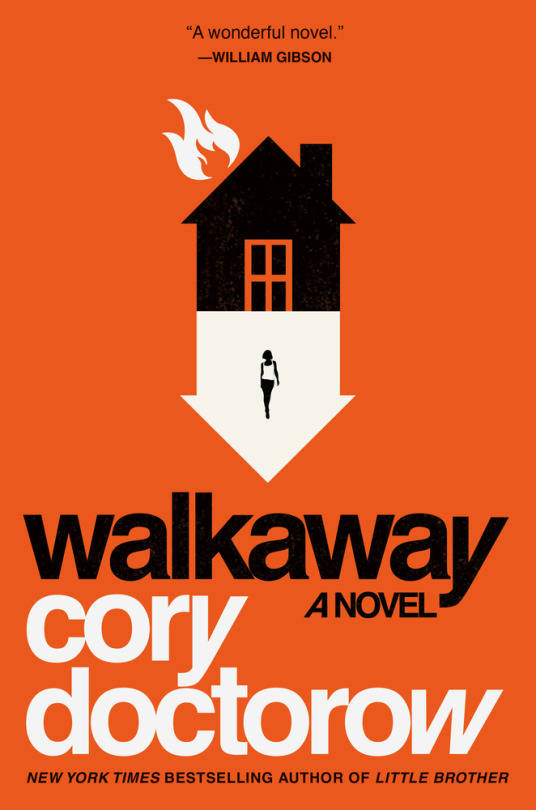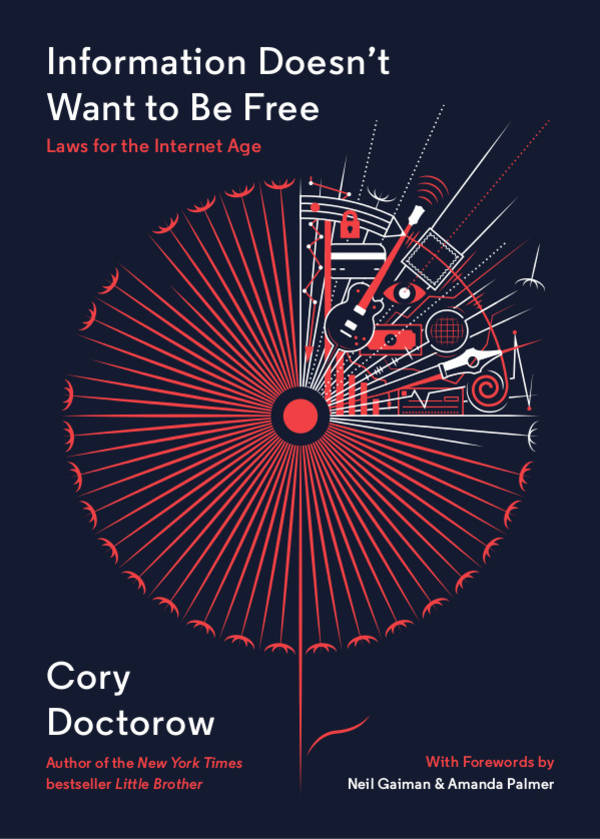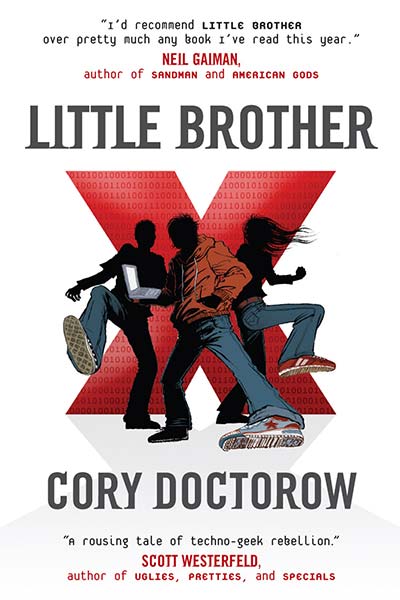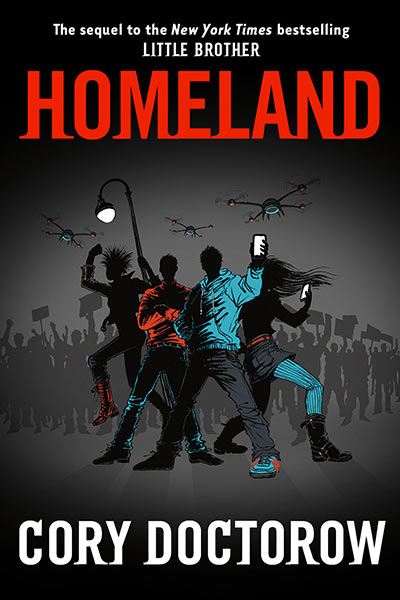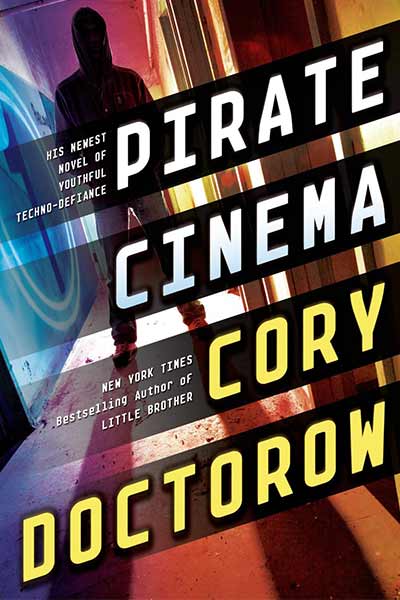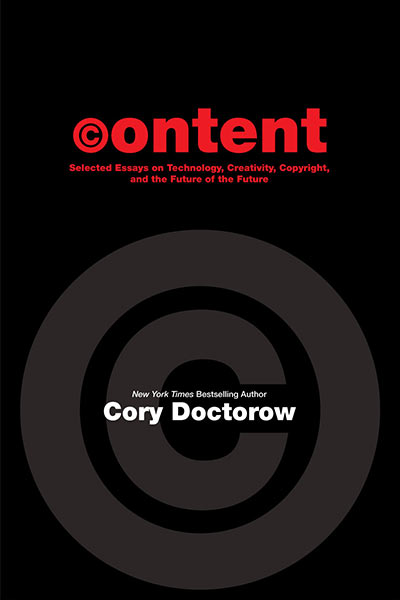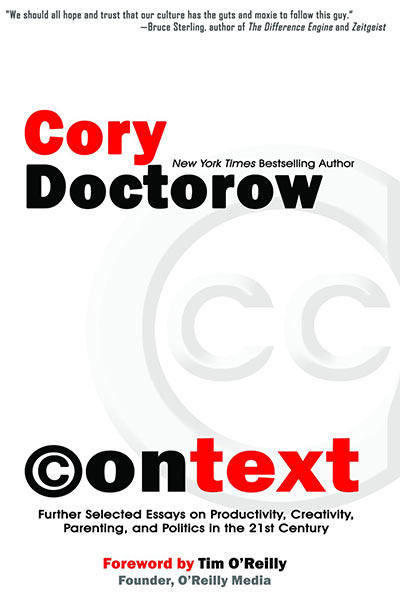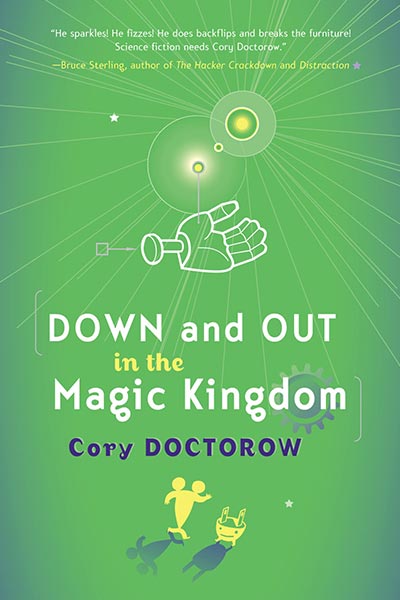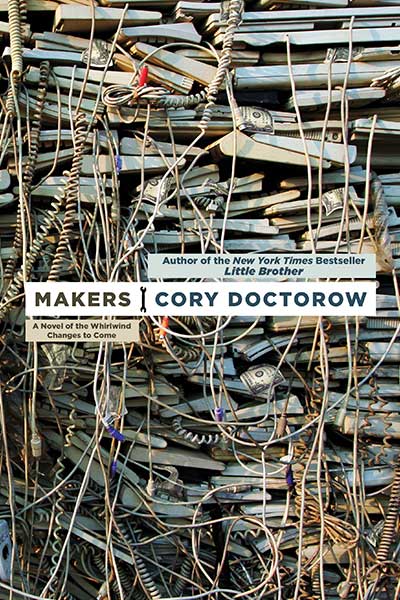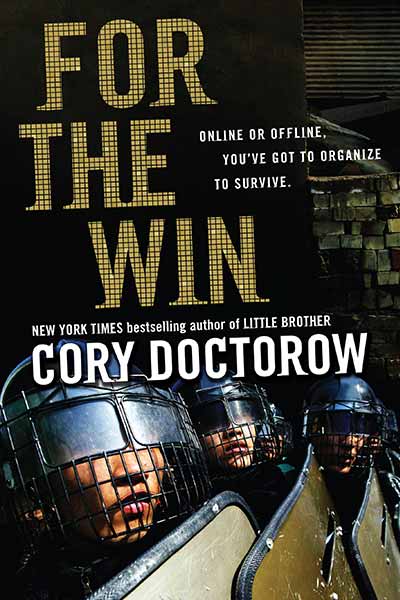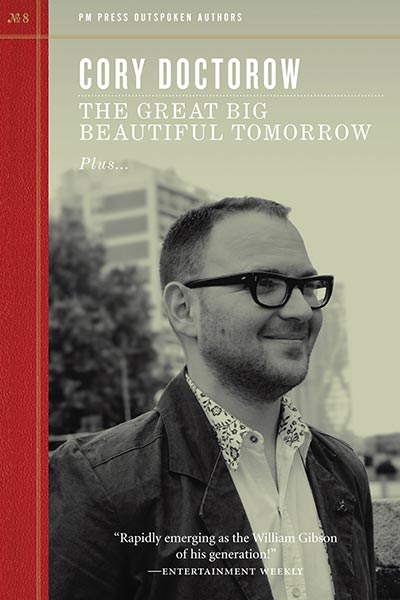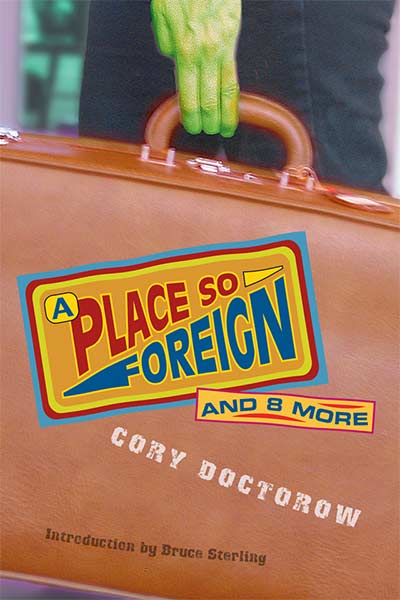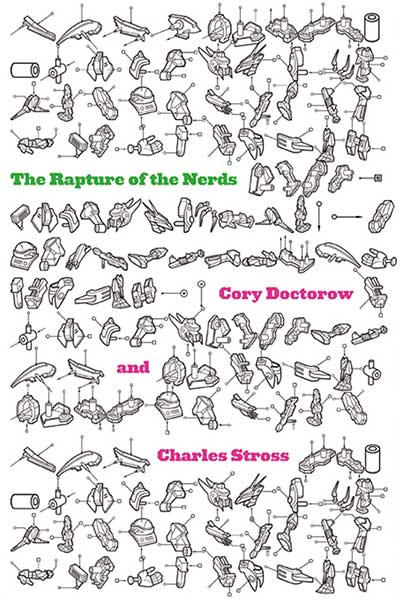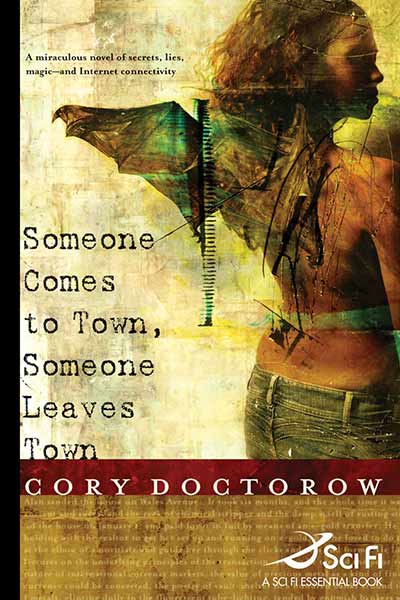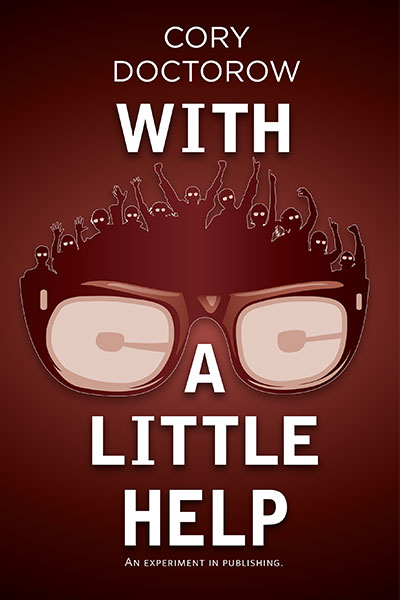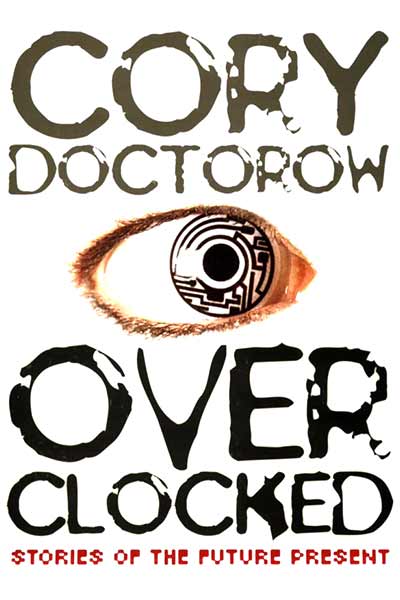At long last, I have finally launched my self-published short story collection With a Little Help.
With a Little Help is my first serious experiment in self-publishing. I’ve published many novels, short story collections, books of essays and so on with publishers, and it’s all been very good and satisfying and educational and so on, but it seems like it’s time to try something new.
You see, I’ve always released my work under open licenses from the Creative Commons project, so that my readers could share and remix my works. A good number of these readers wanted to know why I didn’t distribute the physical book as well, and see what a writer working on his own could do.
So here you have it. With a Little Help, consists of 12 stories, all reprints except for “Epoch,” which was commissioned by the Ubuntu project‘s Mark Shuttleworth for $10,000 (this being the most expensive option for buying the book — don’t worry, there are cheaper editions). The book is available in many forms:
* Paperback, on demand from Lulu.com: $18.
 Available in four covers, with art by Frank Wu, Rick Lieder, Rudy Rucker, and Pablo Defendini (who also did the book’s design, working from John Berry‘s wonderful typography). Every month, I add a new appendix to this edition, detailing my balance sheet for the project, as a service to others contemplating a similar venture.
Available in four covers, with art by Frank Wu, Rick Lieder, Rudy Rucker, and Pablo Defendini (who also did the book’s design, working from John Berry‘s wonderful typography). Every month, I add a new appendix to this edition, detailing my balance sheet for the project, as a service to others contemplating a similar venture.
* 250 super-limited hardcovers: $275.
 These are hand-bound at the Wyvern Bindery in Clerkenwell, London, and printed by Oldacres of Hatton Garden. Each book has original paper ephemera (see Flickr set) donated by various writer friends to the project, and comes with a SD card bearing the full text of the book as well as the full audiobook.
These are hand-bound at the Wyvern Bindery in Clerkenwell, London, and printed by Oldacres of Hatton Garden. Each book has original paper ephemera (see Flickr set) donated by various writer friends to the project, and comes with a SD card bearing the full text of the book as well as the full audiobook.
* Audiobook: MP3 CD $10. Ogg CD $5.50.
 I tapped many voice actor friends (Neil Gaiman, Mur Lafferty, Wil Wheaton, Leo Laporte, Emily Hurson, Patrick Nielsen Hayden, Hugh AD Spencer, Mary Robinette Kowal, JC Hutchins, Roy Trumbull, Jonathan Coulton, Spider Robinson, Jesse Brown, and Russell Galen) to record the stories in this volume, and their recordings were mastered by John Taylor Williams, who also masters my podcast. (Podcasters, see here)
I tapped many voice actor friends (Neil Gaiman, Mur Lafferty, Wil Wheaton, Leo Laporte, Emily Hurson, Patrick Nielsen Hayden, Hugh AD Spencer, Mary Robinette Kowal, JC Hutchins, Roy Trumbull, Jonathan Coulton, Spider Robinson, Jesse Brown, and Russell Galen) to record the stories in this volume, and their recordings were mastered by John Taylor Williams, who also masters my podcast. (Podcasters, see here)
* Free electronic editions: Free.
 The full text of all the stories in this collection is available as free downloads under the Creative Commons Attribution-NonCommercial-ShareAlike license, meaning that you can copy them and make your own versions, but you can’t make money off them and you have to let others remix your creations. The audiobooks are likewise available as free downloads on the same terms.
The full text of all the stories in this collection is available as free downloads under the Creative Commons Attribution-NonCommercial-ShareAlike license, meaning that you can copy them and make your own versions, but you can’t make money off them and you have to let others remix your creations. The audiobooks are likewise available as free downloads on the same terms.

